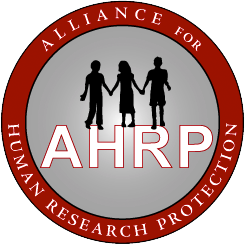References for Part 4. U.S. WWII and Cold War Era Experiments
Part 4. U.S. WWII and Cold War Era Experiments Abstract Discussion [after Algernon B. Reese, M.D] Re: Persistence and Hyperplasia of Primary Vitreous: Retrolental Fibroplasia in Archives of Ophthalmology, Vol 41, May 1949 Manny Bekier. Ethical Considerations of Medical Experimentation on Human Subjects, 2010. John Breeding. Electroshocking Children, 2014. Alan…
